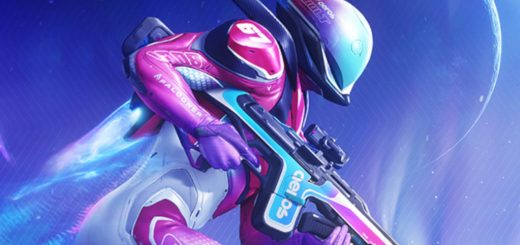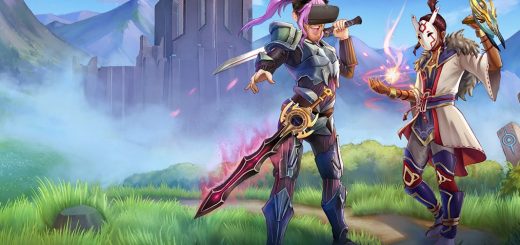What's so special about the original Hollow Knight? The intoxicating power of Team Cherry's invisible, insistent guiding hand
It’s not just locked doors, imposing bosses, and top-tier traversal. It’s a world, a sensation, a desperate and lonely feeling communicated through screen and pad. It’s chains and foliage obscuring the foreground, as imposingly huge bugs slink about in the background. The depth of parallax art and the grit of an impossible fight. The feeling of movement as you flap your wings or dash over pits or scramble up walls. The world is dying, but you feel alive and vital within it. From vanishingly small beginnings to power comparable to godhood, Hollow Knight isn’t just a good game: it’s one of the best ever made.
There’s been a wealth of incredible Metroidvania games from small dev teams over the past few generations – Axiom Verge, Guacamelee, Headlander, Ori and the Blind Forest to name just a few – but I don’t think any of them compare with Hollow Knight, really. Team Cherry’s 2017 debut is a masterpiece. And I am not using that word lightly. It represents a high tide for the genre that I think even surpasses the achievements of its progenitors, taking the foundational design philosophies of Metroid and Castlevania and sanding off all the rough edges to leave something elegant, perplexing and utterly moreish.
It all begins with its subtle tutorialisation. This is a Metroidvania, so the unwritten understanding is that you get power-ups, and they open up new areas. When you’re thrown into the world of Hallownest from the starting town of Dirtmouth with the vague instruction of ‘head on down’, you are instantly and subconsciously directed about where to go next: verdant green leaves tease the Green Path from the Forgotten Crossroads, and peculiar pink gems nod towards the Crystal Peak.


